Do All Flowers Need Deadheading: Learn About Plants You Shouldn’t Deadhead


Deadheading is the practice of snipping off faded blossoms to encourage new flowers. Do all flowers need deadheading? No, they don’t. There are some plants you shouldn’t deadhead. Read on for information on which plants don’t require spent bloom removal.
Do All Flowers Need Deadheading?
You plant flowering shrubs in order to see those lovely blossoms open. In time, the blossoms fade and die. In many cases, you help the plant to produce more flowers by trimming off dead and wilted blossoms. This is called deadheading.
Deadheading is a simple enough procedure. You simply pinch or snip off the wilting flower’s stem, making the cut just above the next leaf nodes. This allows the plant to invest its energy in producing more flowers rather than helping seeds mature. Many plants flower better when you deadhead faded blossoms. Do all flowers need deadheading though? The simple answer is no.
Flowers You Don’t Deadhead
Some plants are “self-cleaning.” These are plants with flowers you don’t deadhead. Even when you don’t remove the old flowers, these plants keep on blooming. Which are self-cleaning plants that don’t need deadheading?
These include annual vincas that drop their flower heads when they are finished blooming. Almost all types of begonias do the same, dropping their old blooms. A few others include:
Plants You Shouldn’t Deadhead
Then there are flowering plants you shouldn’t deadhead. These are not self-cleaners, but the seed pods are ornamental after the flowers wilt and turn to seed. For example, sedum seed heads hang onto the plant through autumn and are considered very attractive.
Some Baptisia blossoms form interesting pods if you leave them on the plant. Astilbe has tall flower stalks that dry into appealing pretty plums.
Gardening tips, videos, info and more delivered right to your inbox!
Sign up for the Gardening Know How newsletter today and receive a free copy of our e-book "How to Grow Delicious Tomatoes".
Some gardeners choose not to deadhead perennials in order to allow them to self-seed. The new baby plants can fill in sparse areas or provide transplants. Great choices for self-seeding plants include hollyhock, foxglove, lobelia, and forget-me-not.
Don’t forget how much wildlife appreciates some seedpods during the winter months as well. For example, coneflower and rudbeckia seedpods are treats for birds. You’ll want to leave these seedpods on the plants and forego deadheading.

Teo Spengler is a master gardener and a docent at the San Francisco Botanical Garden, where she hosts public tours. She has studied horticulture and written about nature, trees, plants, and gardening for more than two decades. Her extended family includes some 30 houseplants and hundreds of outdoor plants, including 250 trees, which are her main passion. Spengler currently splits her life between San Francisco and the French Basque Country, though she was raised in Alaska, giving her experience of gardening in a range of climates.
-
 Looking For Plants To Give You The Soft And Fuzzies? Try These 5 Fuzzy Leaf Plant Options
Looking For Plants To Give You The Soft And Fuzzies? Try These 5 Fuzzy Leaf Plant OptionsLovers of texture, drama, silver foliage and tactile plants will adore these special sensory garden additions. These fuzzy leaf plant options will leave you all aglow
By Susan Albert
-
 Get Ready For A Summer Of Hummers! Grow These Full Sun Hummingbird Plants and Flowers
Get Ready For A Summer Of Hummers! Grow These Full Sun Hummingbird Plants and FlowersIf you’re lucky enough to enjoy a sunny backyard, make sure you are maxing out on your pollinator opportunities and grow these full sun hummingbird plants and flowers
By Tonya Barnett
-
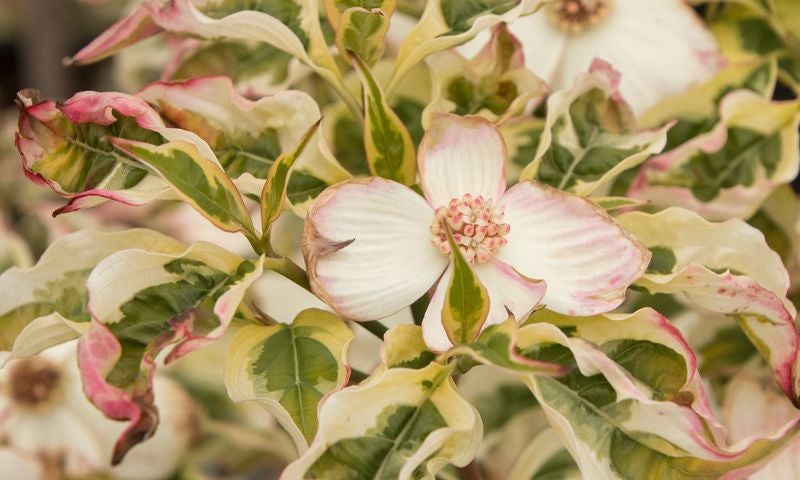 20 Hard-to-Find Spring Flowers & Plants That Look Amazing All Season
20 Hard-to-Find Spring Flowers & Plants That Look Amazing All SeasonIt’s finally beginning to look like spring! If you’re eager to find some unique, hard-to-find varietals to satisfy your spring fever, look here first.
By Caroline Bloomfield
-
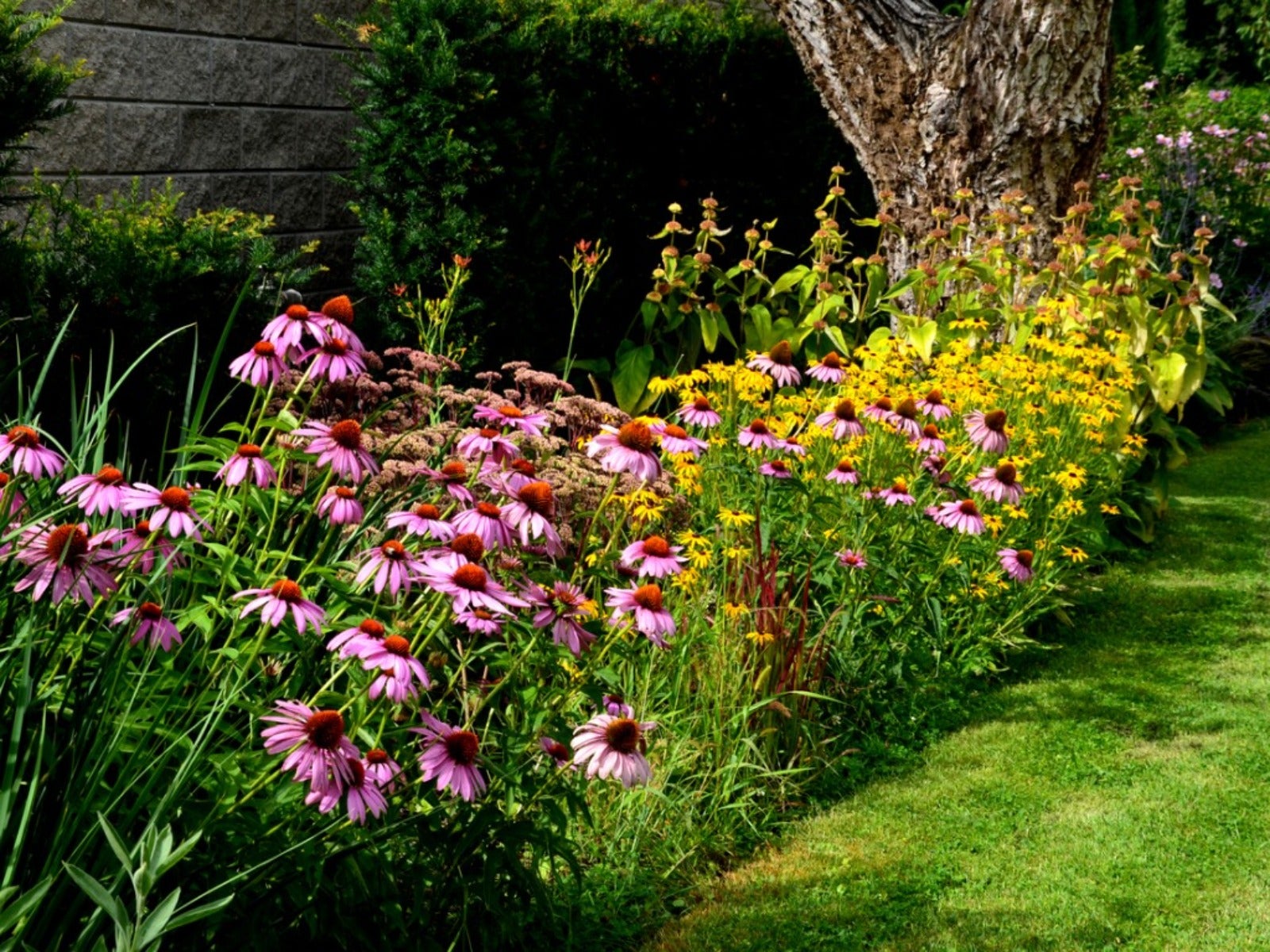 How Wildflower Strips Help Attract Pollinators To Your Yard
How Wildflower Strips Help Attract Pollinators To Your YardIf you have a small garden spot or strip available, fill it with wildflowers for our hungry pollinators. Click to learn more.
By Tonya Barnett
-
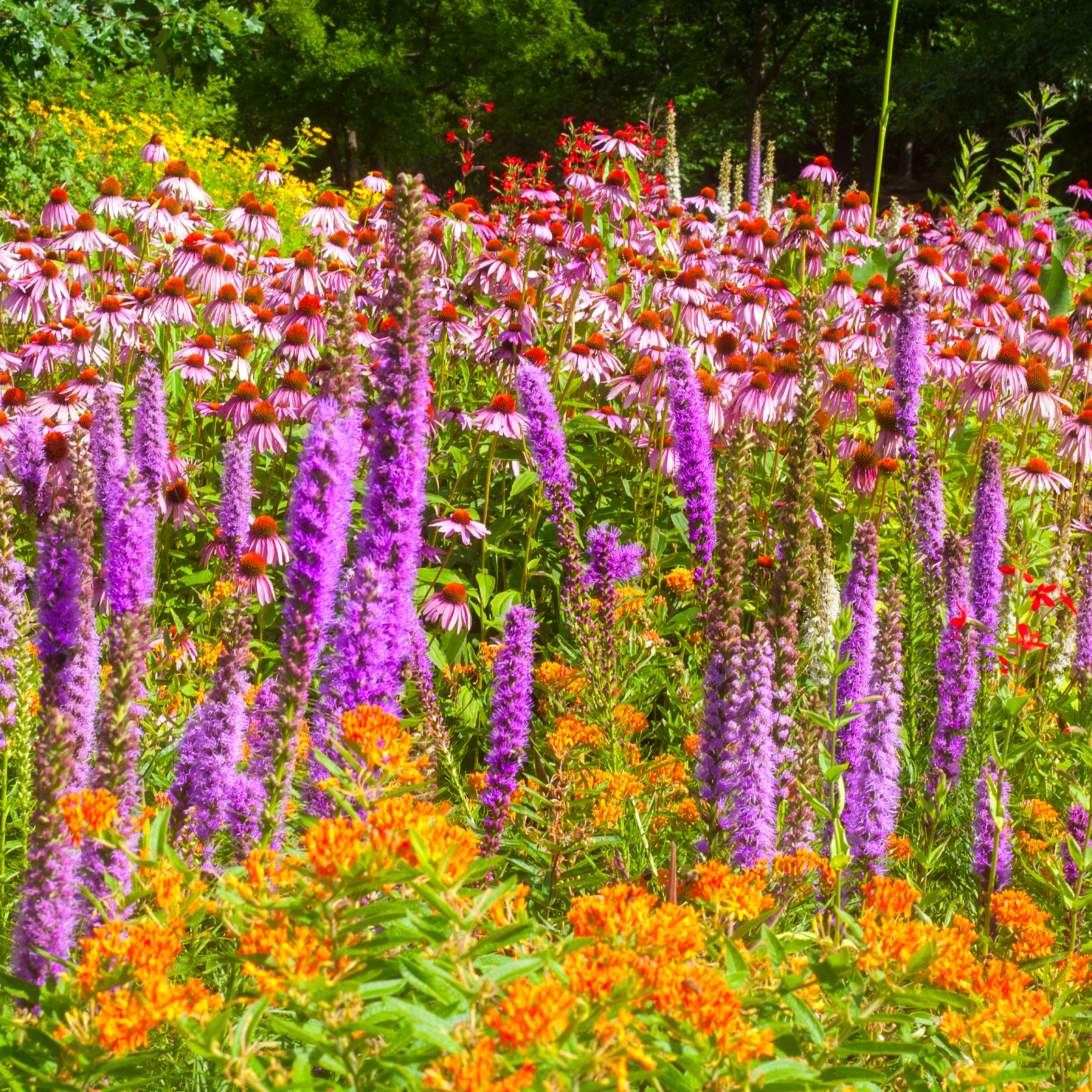 10 Knockout Native Flowers To Add A Punch Of Color To Your Garden
10 Knockout Native Flowers To Add A Punch Of Color To Your GardenGrowing native is the way to go. See our list of ten native wildflowers that will knock you out with color.
By Amy Grant
-
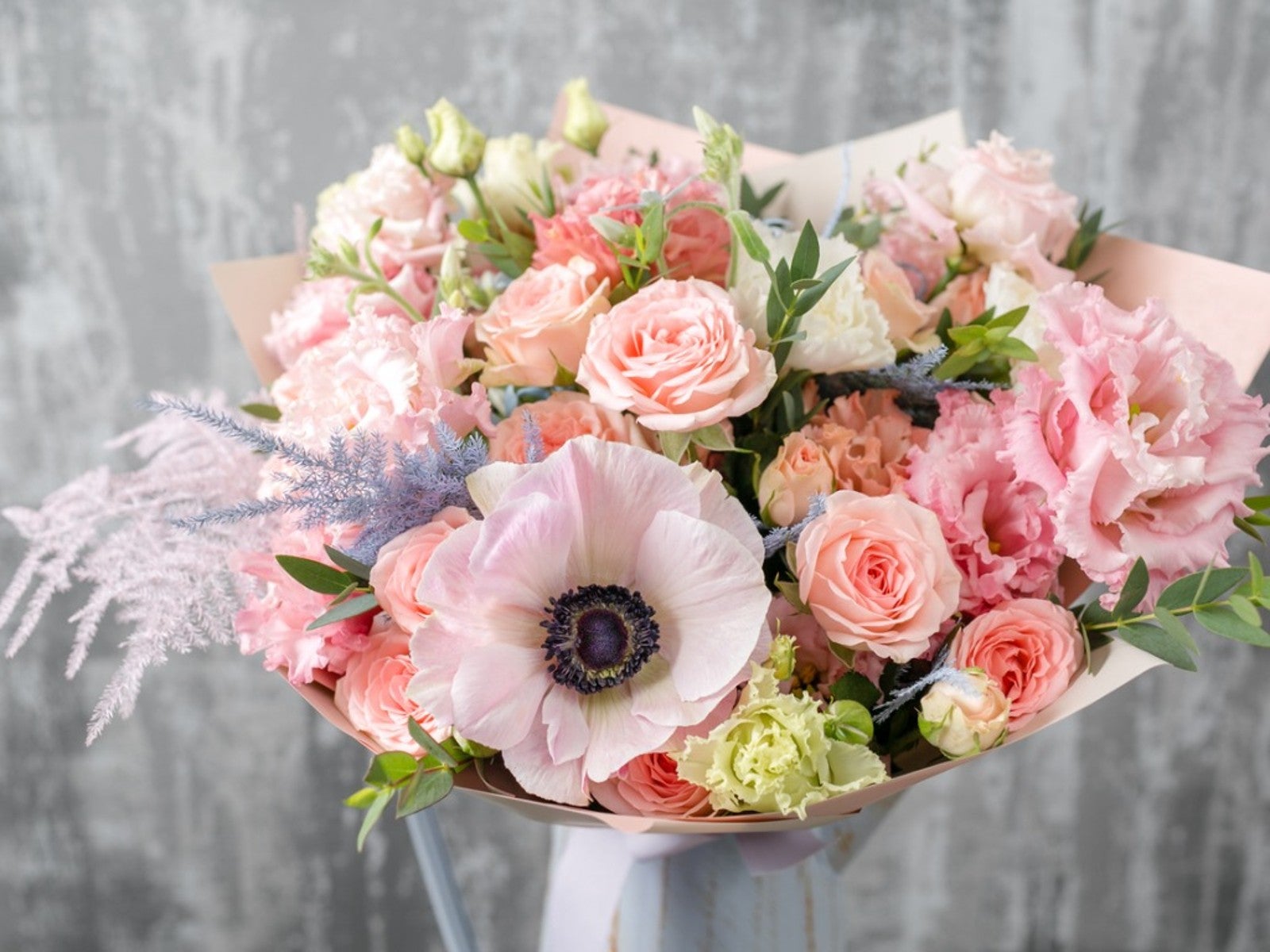 Pretty Plants For A Pastel Flower Bouquet
Pretty Plants For A Pastel Flower BouquetRoses aren’t the only romantic flower. Some romantic pastel flowers can fill in beautifully.
By Tonya Barnett
-
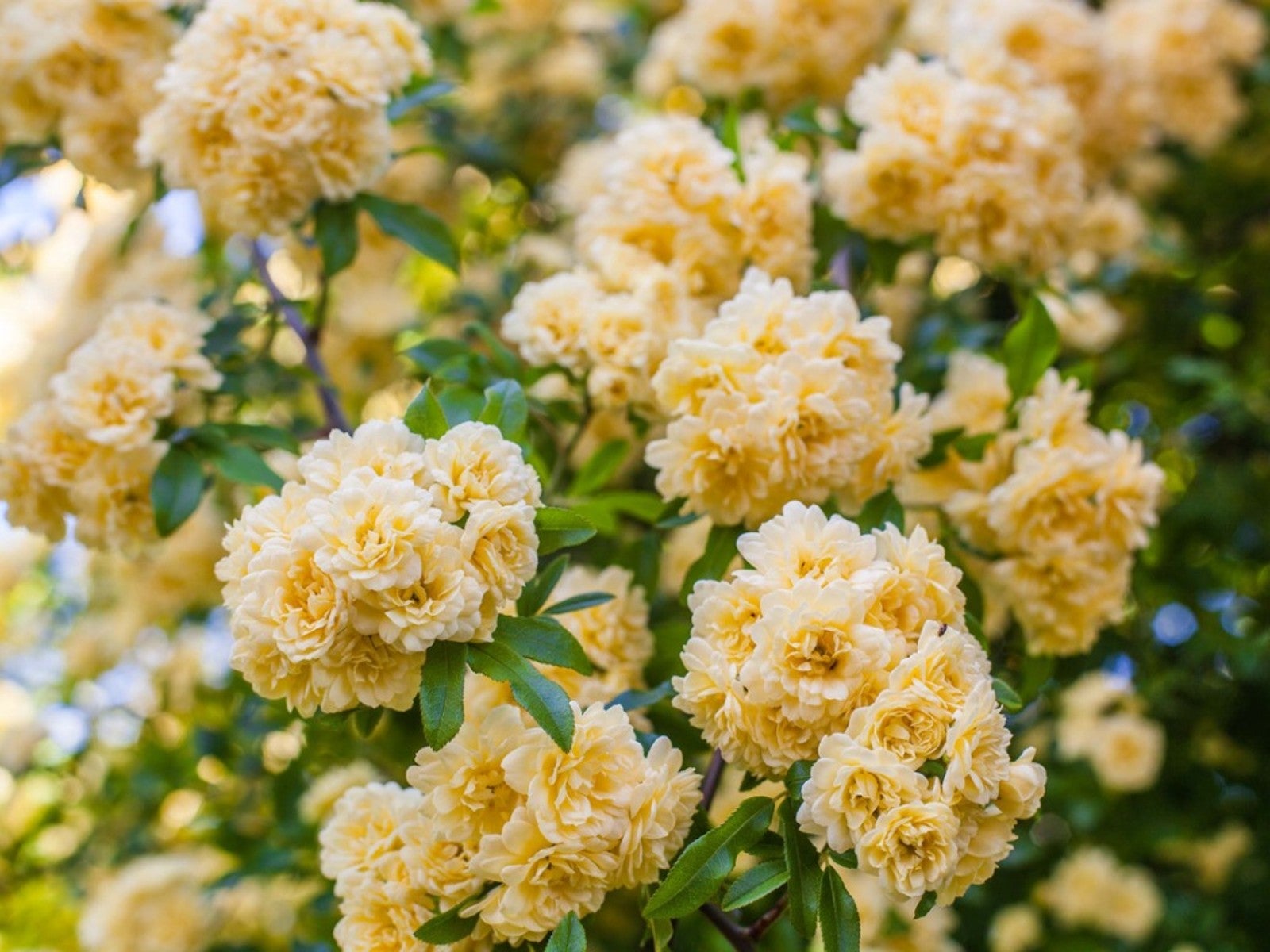 Soft Yellow Plants For A Sunny Pastel Garden
Soft Yellow Plants For A Sunny Pastel GardenClick here for ideas on some pale yellow flower varieties for pastel garden designs.
By Tonya Barnett
-
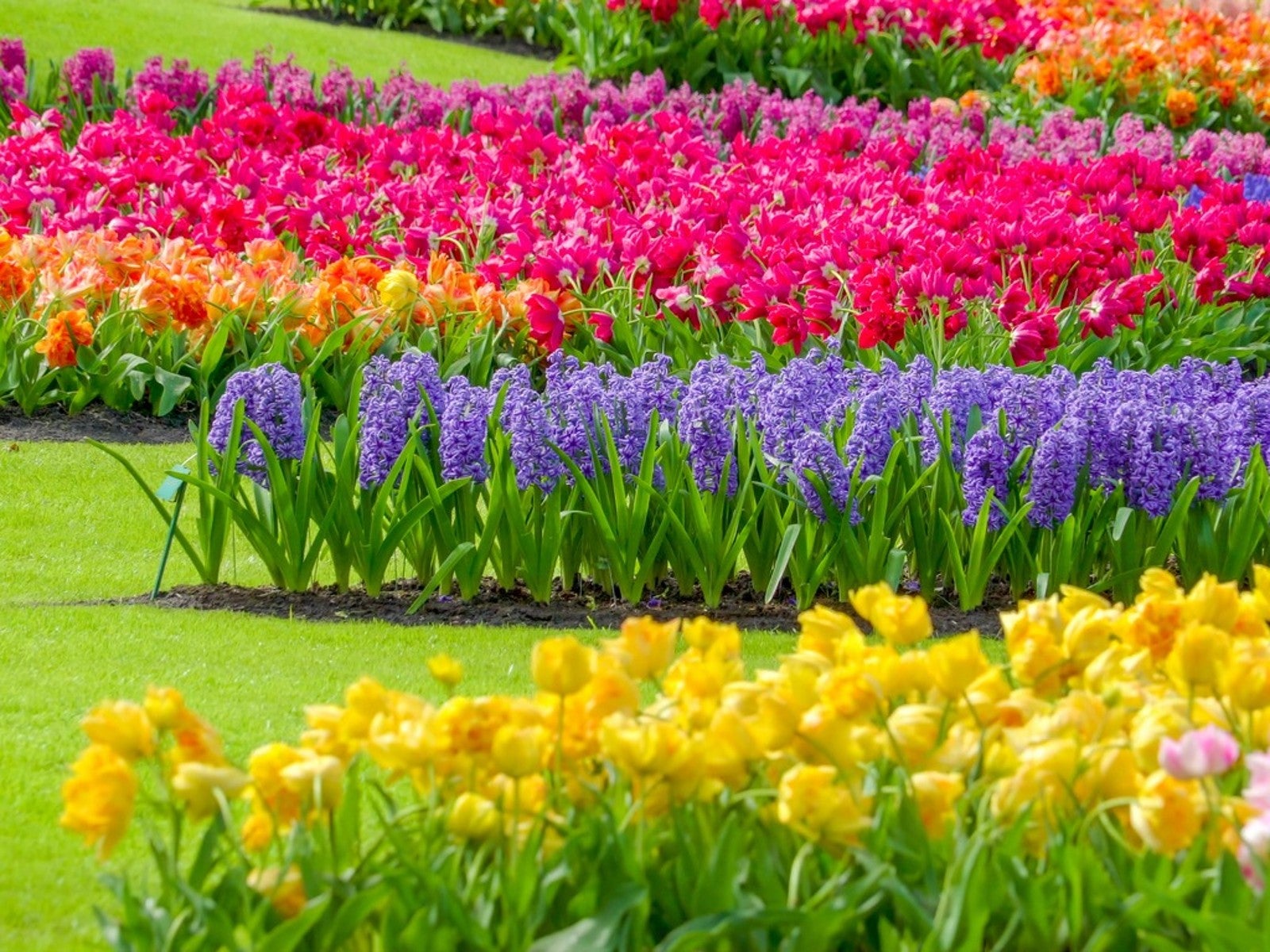 Most Common Flower Color In The World
Most Common Flower Color In The WorldWhat are the most common and least common flower colors in the world? Click here to find out.
By Mary Ellen Ellis
-
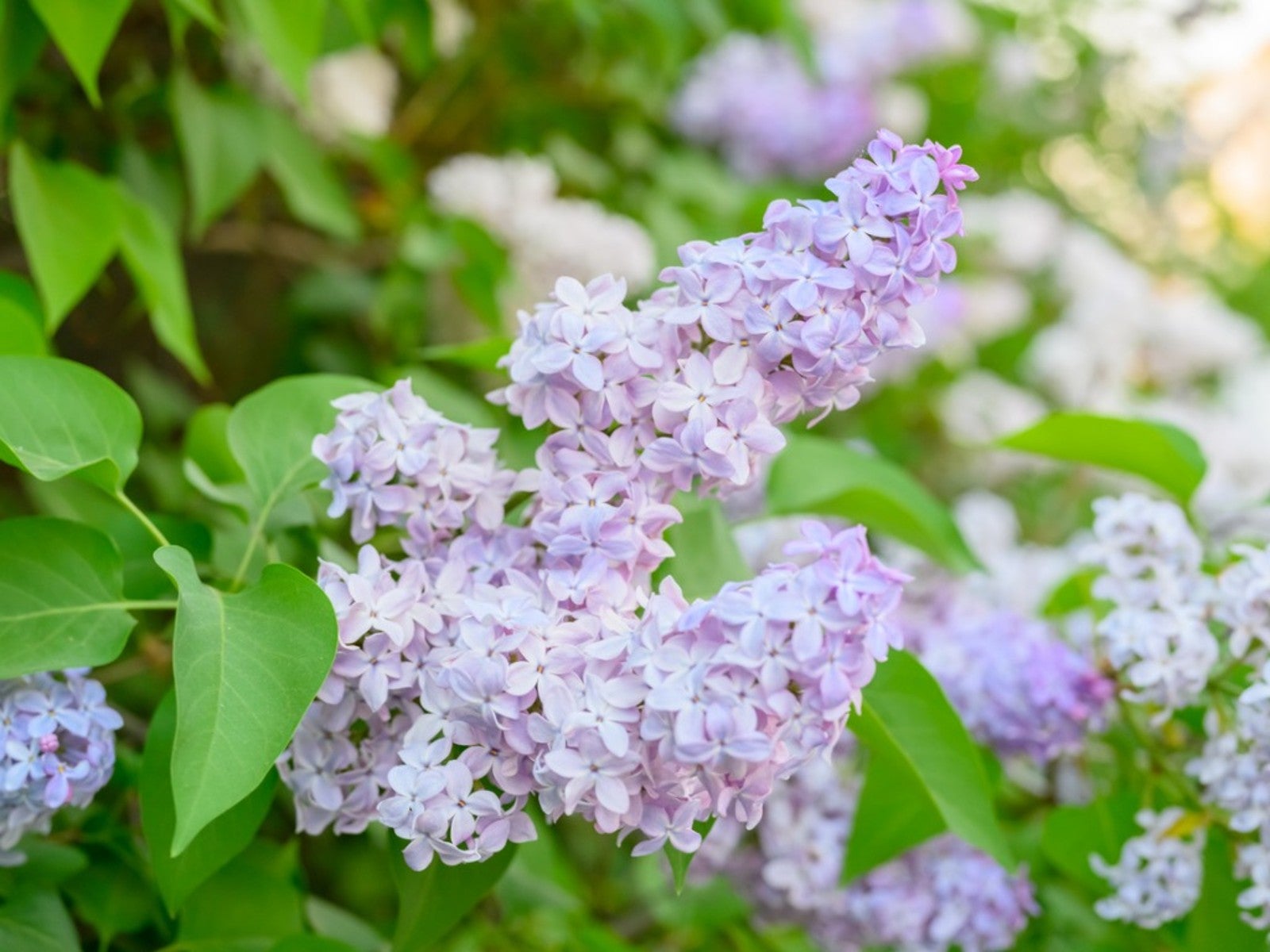 Pastel Plants For A Lovely, Light Purple Flower Garden
Pastel Plants For A Lovely, Light Purple Flower GardenClick here for ideas on some light purple plants for a pretty, pastel garden display.
By Tonya Barnett
-
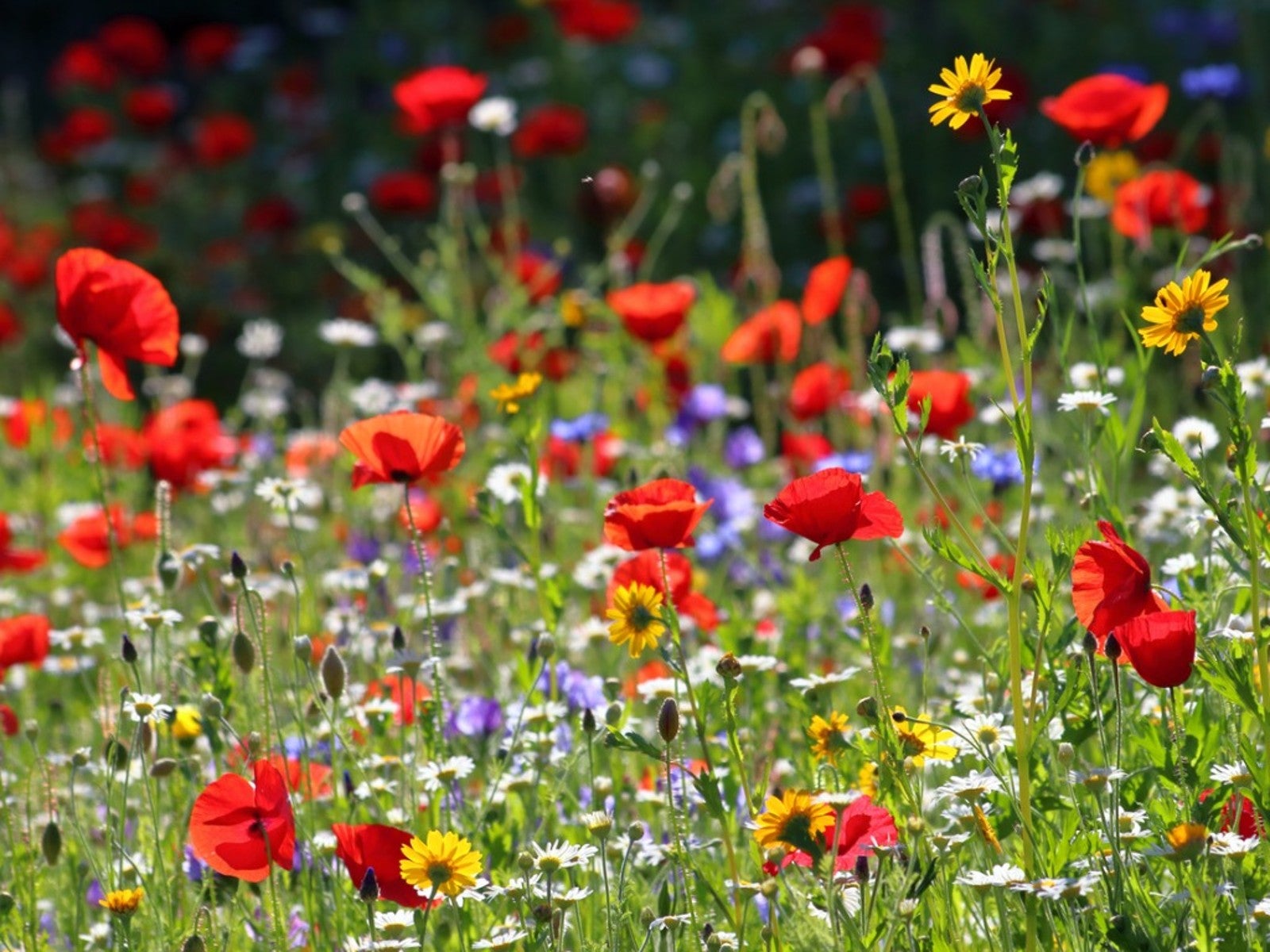 Plant Wildflower Seeds In Fall for A Stunning Spring Display
Plant Wildflower Seeds In Fall for A Stunning Spring DisplayCan you plant wildflower seeds in fall? What makes fall the best time to sow wildflower seeds? Click here for more.
By Tonya Barnett